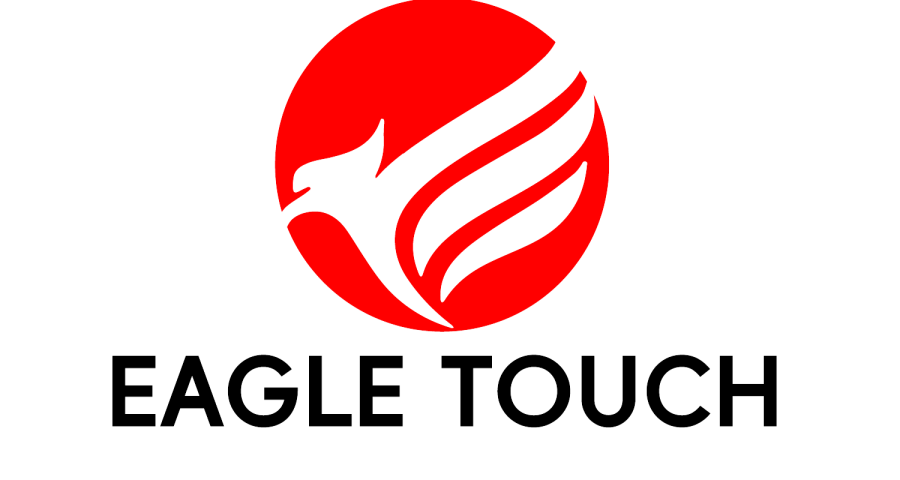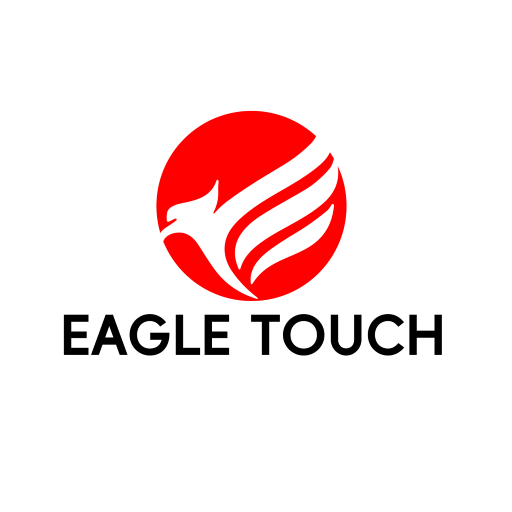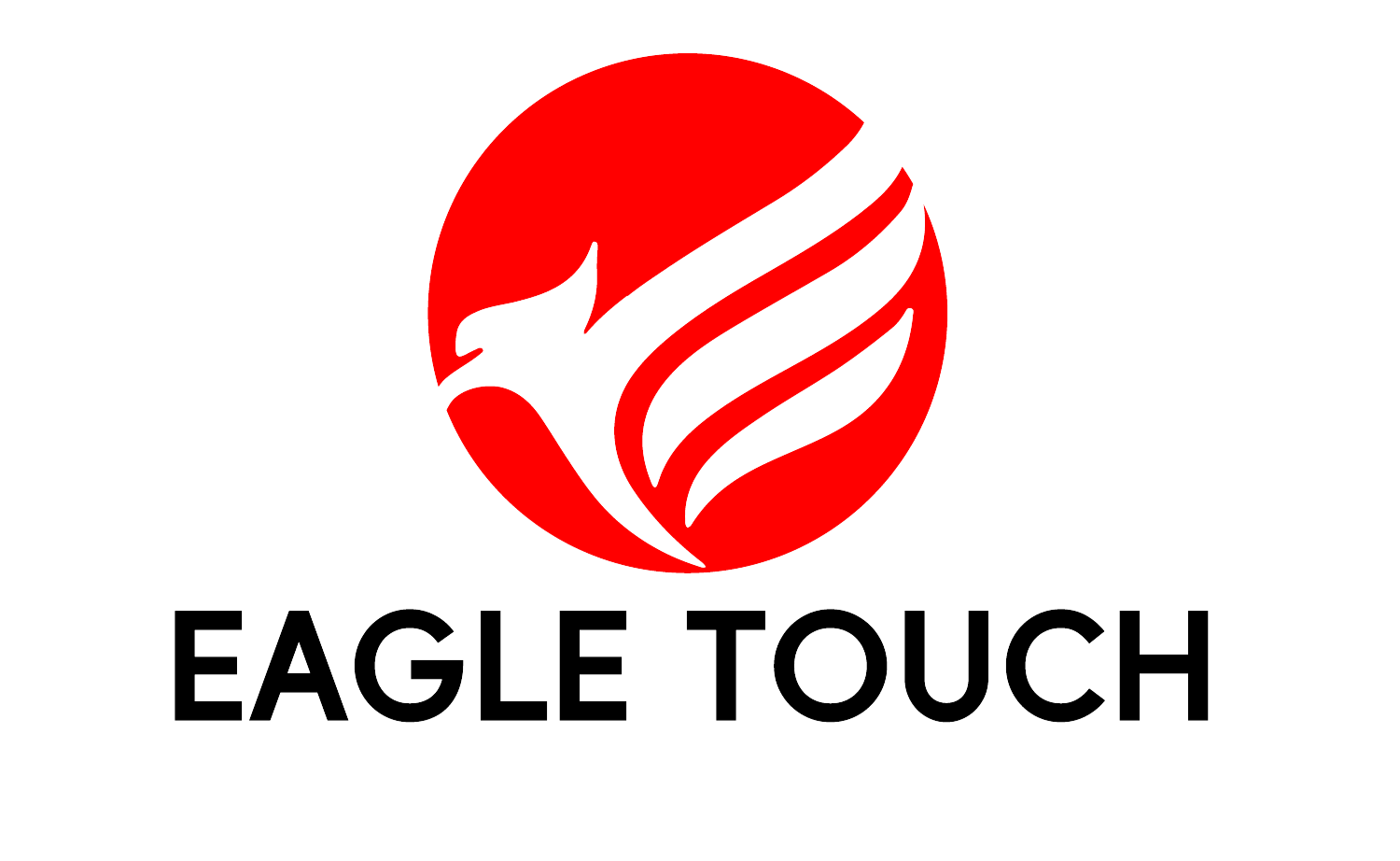Table of Contents
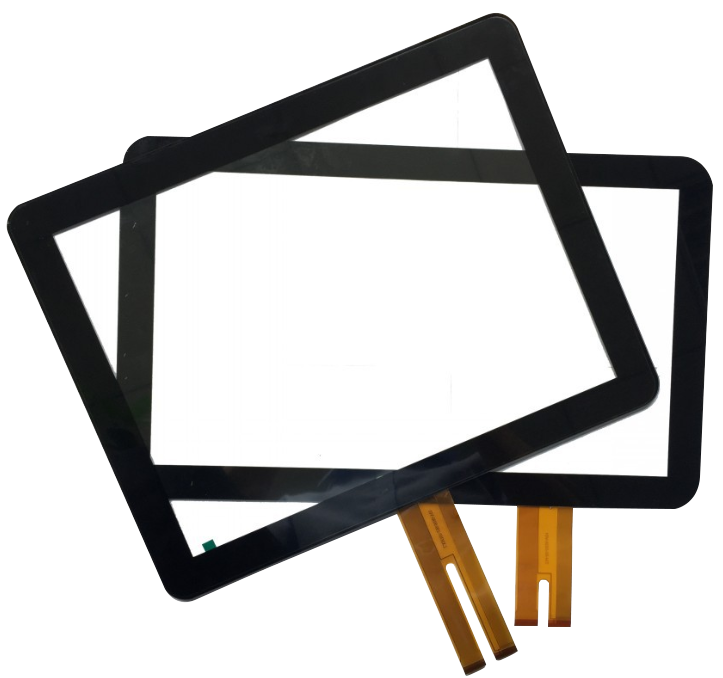
Isn’t it fascinating? Touch screens are like magic windows that respond when we touch them. Among all the types of touch screens, there’s one that’s super special. It’s called a “projected capacitive touch screen,” or simply “PCT” or “PCAP.” Let’s dive into the world of these amazing screens and see why they’re so important in the world of touch technology.
So, what’s a projected capacitive touch screen?
These screens are like technological wonders. Unlike the old-style touch screens that needed you to press hard, projected capacitive touch screens work differently. When you touch the screen, your finger basically stirs up a kind of invisible energy field. This makes the screen “feel” your touch, and it can figure out exactly where you touched. These screens are super quick to respond and really tough, which is why they’re used in many places.
How does projected capacitive technology work?
Projected capacitive technology relies on a grid of micro-fine wires that create an electromagnetic field across the surface of the screen. When you touch the screen, your finger acts like a conductor, changing the capacitance at the point of contact. Sophisticated algorithms then precisely determine the touch location, making it remarkably accurate and responsive.
In the world of capacitive touch screens, there are four essential components that play a vital role in delivering seamless touch functionality: the Touch Sensor, Cover Glass, FPC (Flexible Printed Circuit), and Controller. In this blog, we’ll delve into the nuances of each part, an often underestimated but crucial element in the touch screen equation.
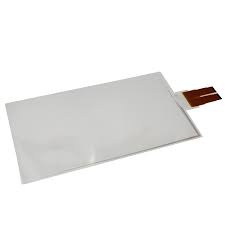
1. Touch Sensor
The touch sensor is the heart of any capacitive touch screen. It’s responsible for detecting touch or proximity. This is achieved through the principle of capacitance. When you touch the screen, your finger (or a conductive stylus) changes the electrostatic field on the sensor, and this change is interpreted as a touch input.
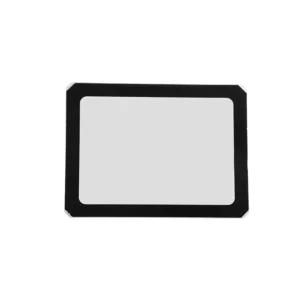
2. Cover Glass
Cover glass is a critical part of a capacitive touch screen, and its attributes greatly influence the screen’s performance. Here are key considerations for cover glass:
Glass Thickness: Choosing the appropriate glass thickness is of utmost importance. It’s often evaluated for its resistance to vandalism, frequently using a rating system such as IK10. IK10 indicates a high level of protection against vandalism, making it ideal for public and industrial settings. The glass comes in different thicknesses to achieve varying IK degrees, ensuring it can withstand different levels of impact. This includes options like chemical toughened glass and physically toughened glass, each suited for different applications and durability requirements.
Glass Surface Coating:
There are various options for surface coatings:
- Ordinary Ink: This is a standard choice suitable for most indoor applications.
- High-Temperature Ink: Ideal for outdoor usage due to its better resistance to environmental factors. But High-temperature ink still carries the risk of delamination between the glass and the ink, especially after a year of use or in extreme weather conditions.
- Ceramic High-Temperature Ink: Best suited for outdoor use as it forms a strong bond with the glass, preventing separation over time.
Surface Treatment:
Enhancing the properties of the glass surface is essential. Here are the options available:
AG (Anti-Glare):
- Coating vs. Etching: AG treatment comes in two main forms. The first involves coating the glass surface with an anti-glare material. While this is effective initially, it may wear off over time, particularly if exposed to regular cleaning or abrasive materials. The second method entails etching the anti-glare layer directly onto the glass. This provides greater durability, ensuring the treatment remains effective over the long term.
- Suitability: AG treatment is highly beneficial in scenarios with high ambient light or direct outdoor sunlight exposure. By reducing reflections, it improves screen visibility and reduces eyestrain. This makes it ideal for outdoor displays and high-luminance environments.
AR (Anti-Reflective):
- Enhancing Clarity: AR treatment goes beyond reducing reflections. It is designed to enhance clarity by minimizing glare and ensuring a clear view of the screen. This is especially important in environments where a high degree of visual accuracy is required, such as medical displays or high-end consumer electronics.
- Applications: AR treatment is commonly used in applications where precision and visual fidelity are paramount. This includes medical imaging, digital signage, and high-quality consumer electronics.
AF (Anti-Fingerprint):
- Maintaining Cleanliness: AF treatment is all about keeping the screen clean and free of smudges. It creates a hydrophobic surface that repels oils and fingerprints. This not only ensures a pristine touch experience but also reduces the need for frequent cleaning.
- Applications: AF treatment is valuable in touch screens used in public places, retail settings, and any environment where many users interact with the screen. It helps maintain the display’s appearance and usability even in high-traffic areas.
In summary, these surface treatments play a crucial role in optimizing the performance and usability of capacitive touch screens. The choice between different treatments depends on the specific application and environmental conditions to ensure the best user experience and durability over time.
OCA glue Between the Touch sensor and cover glass.
OCA (Optically Clear Adhesive) glue is a specialized adhesive used to bond the touch sensor to the cover glass in optical devices, particularly in capacitive touch screens and displays. OCA glue is renowned for its optical clarity, ensuring that it maintains the visual quality of the display without causing distortion. When used in outdoor applications, where exposure to UV light is a concern, it’s beneficial to consider using Anti-UV glue.
Anti-UV glue is specifically designed to offer protection against the harmful effects of ultraviolet (UV) radiation. This type of adhesive is commonly employed in various applications where UV exposure can lead to issues such as discoloration, degradation, and damage. Outdoor displays, automotive components, and certain optical devices benefit from the UV protection that Anti-UV glue provides.
In the assembly of touch screens and displays, the combination of OCA glue for its optical clarity and Anti-UV glue for UV protection is an effective approach, especially when the devices are intended for outdoor use. This ensures both visual quality and longevity, making it suitable for a range of high-exposure applications.

Touch FPC (Flexible Printed Circuit):
The Touch FPC is a fundamental component in a capacitive touch screen system. It serves as the electrical connection between the touch sensor and the controller. Here’s what you need to know about it:
- Function: The Touch FPC is responsible for transmitting the electrical signals generated by touch interactions on the screen to the controller. It flexes and accommodates the bending and movement that might occur, making it suitable for various screen designs.
- Flexibility: As the name suggests, the FPC is flexible, allowing it to adapt to different screen shapes and sizes. This flexibility is particularly useful in curved or irregularly shaped touch screens.
- Connector: It typically has connectors at each end, which can be easily connected to the touch sensor and the controller. These connectors ensure a secure electrical connection.
- Materials: FPCs are made of flexible insulating materials with printed conductive traces. These materials are chosen for their flexibility and durability.
- Design Considerations: When working with Touch FPCs, it’s essential to consider the length, thickness, and layout of the FPC to ensure proper signal transmission and flexibility for the specific touch screen design.
In a capacitive touch screen system, the Touch FPC plays a crucial role in ensuring that touch inputs are accurately detected and transmitted to the controller. Its flexibility and design are tailored to meet the specific requirements of the touch screen application.
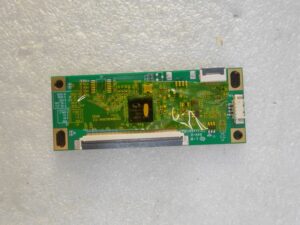
Touch Controller
Selecting the right touch controller is a critical decision in the design and performance of touch screen systems. There are various chip options available, including GOODIX, ILITEK, and EETI. Here’s a recommendation:
- GOODIX: GOODIX touch controllers are known for their versatility and can be suitable for various applications. They offer a good balance of performance and cost-effectiveness, making them a solid choice for many scenarios.
- ILITEK: ILITEK touch controllers are known for their innovation and responsiveness. They are a reliable choice for touch screens that require precise and rapid touch recognition.
- EETI: EETI chips are often recommended for specific use cases:
- Industrial and Outdoor Use: EETI controllers are well-regarded for their robustness and reliability, making them a preferred choice for touch screens deployed in industrial and outdoor settings.
- Thicker Glass: When dealing with thicker glass, EETI’s performance shines. They can handle the challenges associated with thicker glass panels, ensuring accurate touch detection.
In summary, when choosing a touch controller, it’s essential to consider the specific requirements of your application. While GOODIX and ILITEK are suitable for many scenarios, EETI chips excel in industrial and outdoor environments and when working with thicker glass. Making the right choice ensures that your touch screen system performs optimally and meets the demands of your target market.
Touch And LCD Bonding:
When it comes to attaching the touch and LCD components in a touch screen system, there are several methods to consider. These methods include:
Air Bonding:
- Description: Air bonding is an adhesive technology that utilizes double-sided adhesive tape to attach a touch panel (TP) to a liquid crystal module (LCM) along the outer frame’s edges. This method creates an intentional air gap within the structure, earning it the nickname “frame bonding.”
Advantages: Mature Process and Stable Yield: Air bonding benefits from a well-established process with a history of stable and consistent production output,Simple Process and Cost-Effective: The manufacturing process for air bonding is uncomplicated and cost-effective, making it a practical choice for large-scale production.,Simple Rework Process: Air bonding allows for straightforward adjustments and rework if needed.
OCA Bonding (Optically Clear Adhesive):
- Description: OCA bonding is a method where a transparent adhesive, known as OCA, is used to attach the cover glass to the display. This adhesive is optically clear, ensuring that it doesn’t affect the clarity of the screen.
- Advantages: OCA bonding provides optical clarity and is a common method in the manufacture of mobile devices and consumer electronics. It offers a strong bond and maintains screen quality.
LOCA Bonding (Liquid Optical Clear Adhesive):
Description: LOCA, or Liquid Optical Clear Adhesive, is a specialized adhesive primarily used for bonding transparent optical components. It is often referred to as OCR within the industry.
Key Features:
- Colorless and Transparent: LOCA is colorless and highly transparent, boasting a light transmittance of over 98%. This transparency is vital for maintaining the clarity of optical elements.
- Strong Bonding: It offers robust adhesive strength and can cure at room temperature or under moderate temperature conditions.
- Low Curing Shrinkage: LOCA exhibits minimal curing shrinkage, ensuring that it retains its form and adhesion properties.
- Resistance to Yellowing: It is resistant to yellowing, ensuring the longevity of the bonded components even with prolonged use.
Applications:
LOCA bonding is primarily suitable for the following applications:
- Large-Scale Bonding: It is well-suited for bonding large optical components.
- Curved or Complex Structural Bonding: LOCA can effectively bond curved or intricate structures.
- High Ink Thickness or Uneven Surface Bonding: It performs admirably in scenarios where a thicker ink layer or uneven surfaces are involved.
Advantages:
- Versatility: LOCA can bond materials with curved or uneven surfaces. It is not highly sensitive to ink thickness, making it suitable for various applications.
- Ease of Rework: LOCA allows for relatively straightforward rework or adjustments when needed.
In Conclusion
Projected capacitive touch screens are a masterpiece of engineering, and their functionality relies on the harmonious interaction of four key components: the touch sensor, cover glass, FPC, and controller. The cover glass, in particular, plays a pivotal role in the screen’s performance, with considerations like glass thickness, surface coating, and adhesive bonding methods shaping its functionality.
As the demand for touch solutions continues to grow in various industries, understanding these technical details becomes increasingly important. So, why settle for less when you can touch the extraordinary with projected capacitive touch screens?
Feel free to contact me for more information or any inquiries related to projected capacitive touch screens. Your journey into the world of touchscreen excellence starts here.
